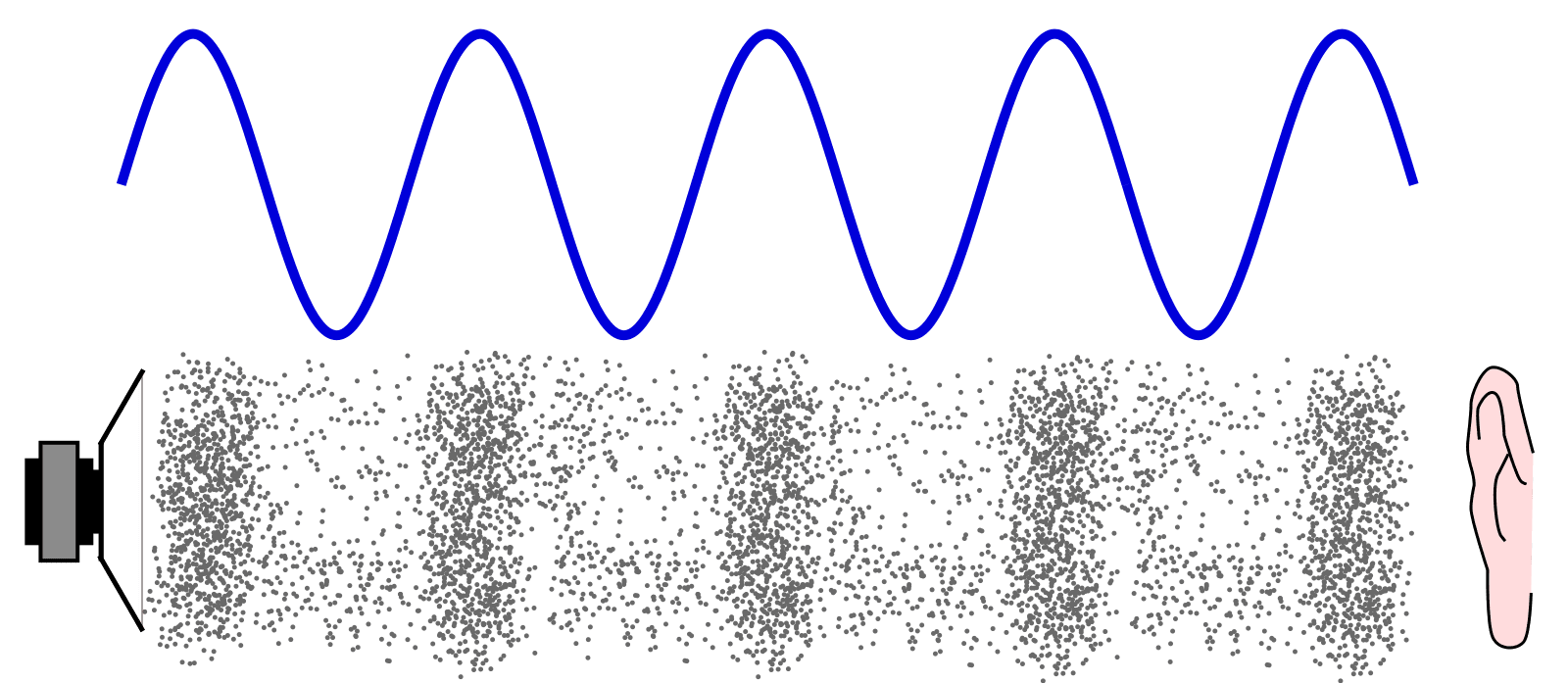Mechanical Vibrations – Definition, Types, Applications
What is Vibration?
Vibration is a periodic motion of an object about an equilibrium position. It can be a simple harmonic motion or a more complex motion. Vibration is the movement of energy through matter or space. In physics, vibration is defined as a back-and-forth motion of an object or wave. Vibration can be caused by external or internal forces and can occur in solids, liquids, gases, or plasmas. It can be caused by a force, such as when you hit a drum, or it can be self-induced, as when a car drives over a bump in the road.
Types of Vibrations:
There are different types of vibrations, which are explained below:
- Free Vibration
- Forced Vibration
- Damped Vibration
- Resonance Vibration
- Undamped Vibration
- Critically damped Vibration and
- Overdamped Vibration
1. Free Vibrations:
Free vibrations are when the object is displaced from its equilibrium position and then returns to the equilibrium position on its own. This type of vibration is observed when the applied forces are removed.
2. Forced Vibrations:
Forced vibrations occur when there is an external force acting on the object in addition to gravity. This type of vibration can occur even if the mass, damping coefficient or stiffness of the object are small. The main characteristic that distinguishes forced vibrations from free vibrations is that for each cycle, the external force is applied during some portion of it.
3. Damped Vibrations:
Damped vibrations occur when the external forces are adjusted such that the object comes to rest before it returns to its equilibrium position. The mass, stiffness, and damping coefficients must be large for this type of vibrations to occur. This type of vibration can also be observed in free vibration if the damping coefficient is large.
4. Undamped vibrations:
Undamped vibrations are the simplest type of vibration. In this case, the object oscillates freely back and forth or up and down, and the motion is not affected by any dissipative forces. A car’s suspension system will act as an undamped vibration absorber if it is not damaged or worn out.
5. Critical Damping:
Critical damping occurs when the object returns to its original position just as the next downward force reaches the object. The net force of this upward force and the downward force is zero, so the object remains at rest. This type of vibration is found in many mechanical systems, such as car suspensions and shock absorbers.
6. Overdamped Vibrations:
Overdamped vibrations occur when the object returns to its original position after a certain amount of time has passed. The object will eventually come to a stop due to energy dissipation.
Types of free vibrations:
There are three types of Free Vibrations.
1. Harmonic
2. Torsional
3. Lateral & Longitudinal
1. Harmonic Vibrations:
Harmonic vibrations are the simplest type of vibration and involve a single frequency or harmonic. Harmonic vibrations are the most common type of vibration and are typically used to describe oscillating systems like pendulums or springs.
Harmonic vibrations are the most commonly studied and used in engineering applications. This is because harmonic vibrations are easy to model and generate, which makes them ideal for testing and designing new systems.
2. Torsional Vibrations:
Torsional vibrations involve twisting or bending motions. Torsional vibrations are less common but can be found in things like car engines and turbine blades.
Torsional vibrations can be important for certain applications, but they are often more difficult to generate and study than harmonic vibrations.
3. Lateral & Longitudinal vibrations:
Lateral vibrations involve back-and-forth or side-to-side motions.
Longitudinal vibration is often caused by an imbalance in the rotating parts of a machine. As the imbalance moves around the machine, it causes the shaft to vibrate at its natural frequency. Longitudinal vibrations can be dangerous because they can cause the machine to shake apart or loosen.
Analyze the Vibration?
There are three main methods that can be used to analyze the vibration of a structure.
- Equilibrium method
- Energy method &
- Rayleigh’s Method
1. Equilibrium method:
The equilibrium method uses energy to study free vibration. In this case, the kinetic and potential energies of the object are equal at every point along its path (so that the net force is always zero). Energy considerations can be used to find displacements, velocities, and accelerations.
The equilibrium method relies on Newton’s second law of motion to determine the forces acting on each element in the system. In this method, you just need to find the equilibrium position of the object and then solve for the coefficients of mass, stiffness.
This method can be applied to a single degree of freedom (SDOF) system, such as a spring-mass-damper system, or a multi-degree of freedom (MDOF) system.
2. Energy Method:
The energy method is more sophisticated than the equilibrium method, and it accounts for the energy dissipated by the system.
3. Rayleigh’s Method:
Rayleigh’s Method takes into account the wave properties of the structure.



